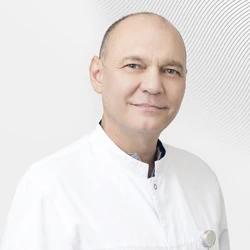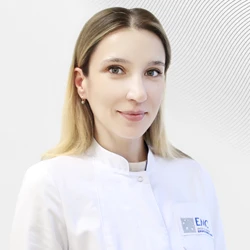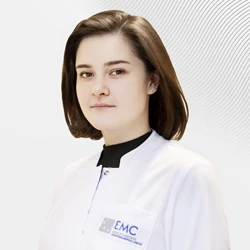Basal cell carcinoma
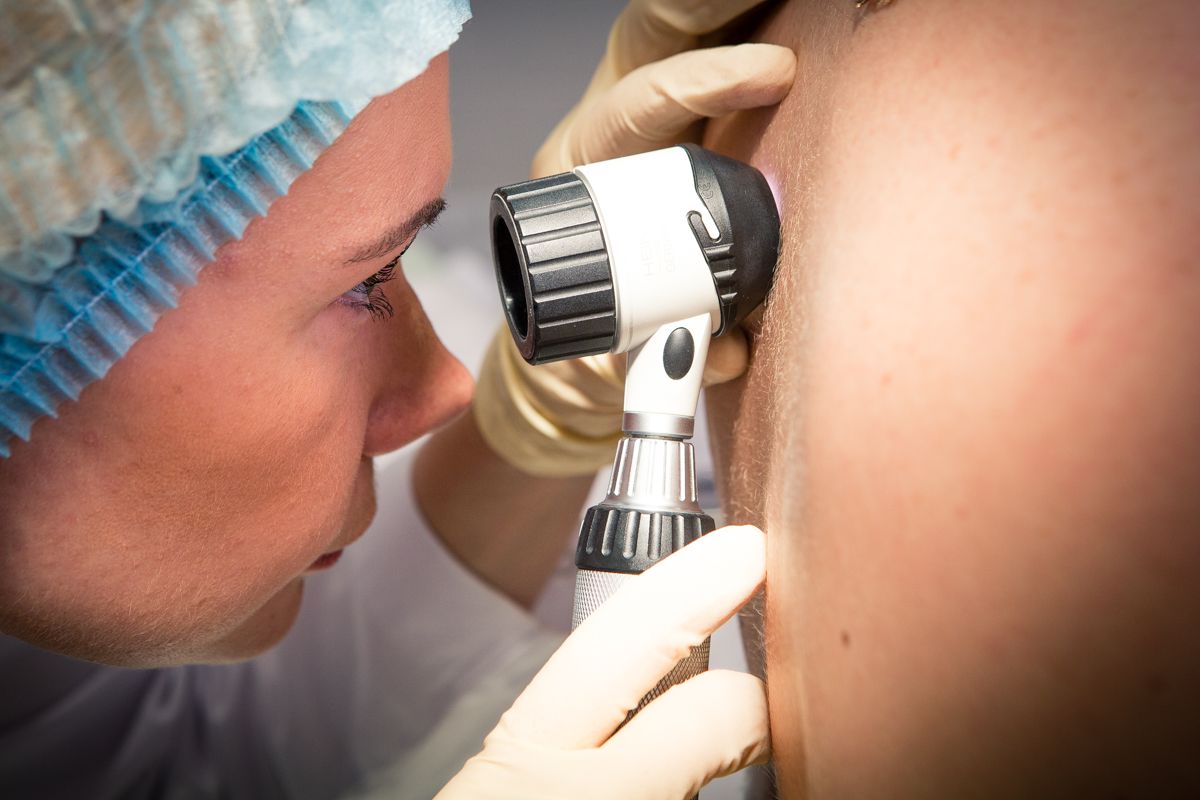 Basal cell carcinoma of the skin (also known as basal cell carcinoma or basal cell carcinoma) is the most common malignant form of skin cancer in humans. Basal cell carcinoma is characterized by slow local destructive growth, gradual destruction of surrounding and underlying tissues, which subsequently leads to the development of pronounced cosmetic defects.
Basal cell carcinoma of the skin (also known as basal cell carcinoma or basal cell carcinoma) is the most common malignant form of skin cancer in humans. Basal cell carcinoma is characterized by slow local destructive growth, gradual destruction of surrounding and underlying tissues, which subsequently leads to the development of pronounced cosmetic defects.
Basal cell carcinoma is mainly found in adulthood and the elderly, but in recent years there has been an increase in the incidence among the young population.
In most cases, basal cell carcinomas develop on the face, less often on the scalp, on the auricles, on the neck, on the trunk, or on the skin of the extremities.
Risk factors
The main cause of basal cell carcinoma is chronic exposure to sunlight on the skin. People with light-colored hair or eyes, who easily get sunburn, are most susceptible to the development of basal cell carcinoma.
Risk factors for the development of basal cell carcinoma also include immunodeficiency conditions and genetic diseases.:
-
albinism is the congenital absence of the pigment melanin, which gives color to the skin, hair, iris and pigment membranes of the eye,
-
Xeroderma pigmentosa is a hereditary skin disease characterized by hypersensitivity to ultraviolet radiation, which is considered a precancerous skin condition.
Symptoms of basal cell carcinoma
The clinical manifestations of basal cell carcinoma are extremely diverse and depend on its type:
-
The superficial form of basal cell carcinoma. It may appear as a pink spot or plaque of various sizes, peeling is possible on the surface; the edges may be clear or blurred, may be slightly raised or surrounded by small nodes; also, many telangiectasias (persistent dilation of small vessels of the skin) can be seen along the periphery of the formation. This form of basal cell carcinoma is characterized by long, long-term growth along the periphery, and only then can the tumor grow deeper.
-
Nodular form of basal cell carcinoma. The tumor may be represented by a shiny node of various sizes, from a few millimeters to several centimeters, which may not bother the patient for a long time, gradually increasing in size; an expression is possible.
-
Ulcerative form. A basal cell carcinoma can be represented by a long-term non-healing, periodically bleeding ulcer, which then becomes crusted, but after a while the basal cell becomes noticeable again, begins to ulcerate and increase in size.
-
Pigmented form of basal cell carcinoma. Due to the large accumulation of melanin pigment, the tumor may look like a melanoma on the skin.
-
Scleroderm-like shape. A basal cell carcinoma may also look like a shiny scar with raised edges. This form of basal cell carcinoma is characterized by an aggressive course.
-
The infiltrative form and the metatypical variant of basal cell carcinoma are aggressive forms of basal cell carcinoma, as they are characterized by a high risk of rapid spread to depth and metastasis.
Basal cell carcinomas can disguise themselves as benign skin growths such as skin polyps or seborrheic keratomas.
Basal cell carcinoma rarely metastasizes and practically does not lead to death, but destructive growth and the likelihood of a catastrophic decrease in quality of life explain the importance of timely diagnosis of this tumor and the choice of an appropriate treatment method.
Diagnosis of basal cell carcinoma
To assess the condition of a patient with suspected basal cell carcinoma, a detailed medical history is collected (history of the lesion, personal or family history of non-melanoma skin cancer, use of immunosuppressive drugs, presence of concomitant diseases), examination, and biopsy of the suspicious formation.
Although the diagnosis of basal cell carcinoma is often established by an experienced physician based on the clinical picture and the results of a dermoscopic examination, a skin biopsy is crucial for confirming the diagnosis and assessing the risk of recurrence.
Treatment of basal cell carcinoma
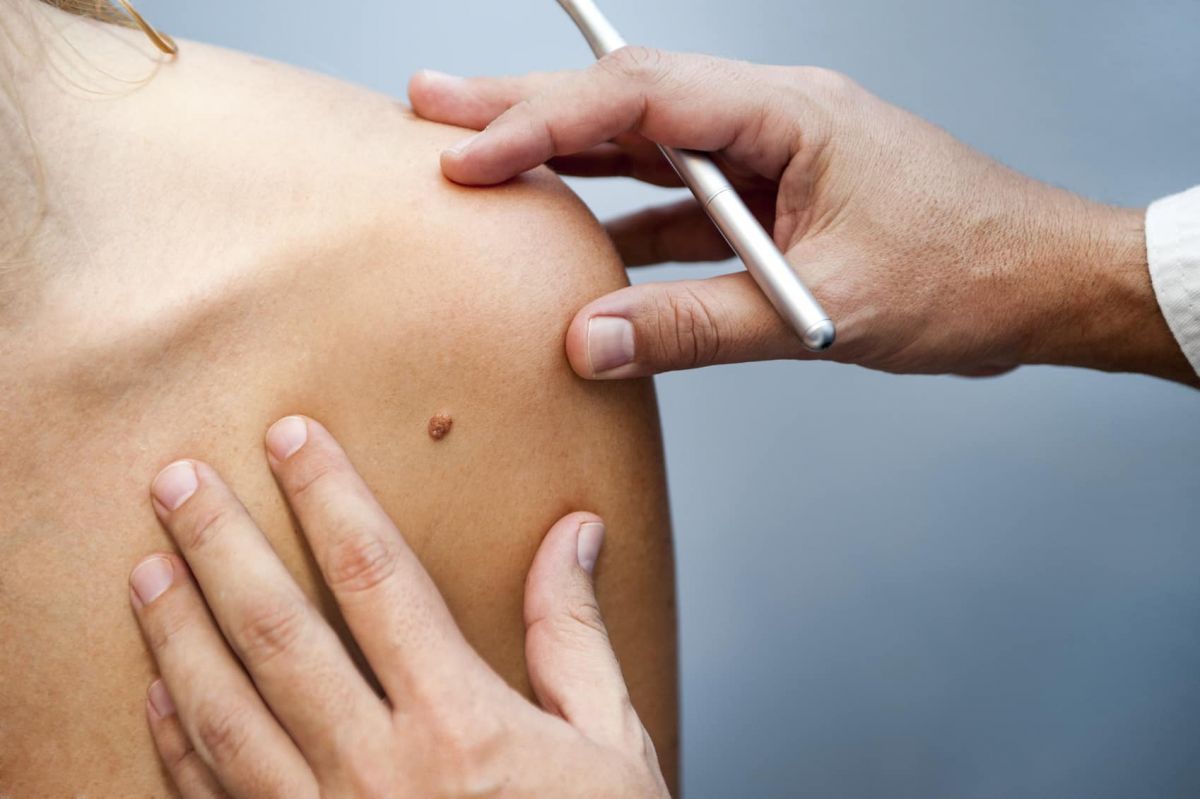 To date, there are a large number of different methods of treating basal cell carcinoma. The chosen technique should ensure the complete removal of tumor cells, as well as the preservation of the function of the affected organ and the maximum acceptable cosmetic effect. Each method has its own strict indications and contraindications, advantages and disadvantages.
To date, there are a large number of different methods of treating basal cell carcinoma. The chosen technique should ensure the complete removal of tumor cells, as well as the preservation of the function of the affected organ and the maximum acceptable cosmetic effect. Each method has its own strict indications and contraindications, advantages and disadvantages.
Basal cell carcinoma treatment methods can be divided into two large groups:
-
Surgical methods: simple surgical excision, microsurgical operation using the MOHS method, electrocoagulation, cryodestruction and laser therapy.
-
Non-surgical methods: photodynamic therapy, radiation therapy, chemotherapy, interferon therapy, the use of specific inhibitors, laser-induced thermotherapy.
The following types of basal cell carcinoma treatment are used in the European Medical Center:
-
Simple surgical excision. The main task of any basal cell therapy is to completely remove the tumor cells, and therefore, during surgical excision of the basal cell, it is necessary to evaluate all the edges of the resection. The determination of the edges of basal cell carcinoma resection depends on the size of the tumor, its location, the clinical picture, the presence or absence of ulceration, and the depth of tumor invasion. Removal is usually performed on an outpatient basis under local anesthesia and is usually well tolerated.
-
Electrocoagulation is often used in the treatment of basal cell carcinoma, they are characterized by simplicity and speed of manipulation. It is usually performed on an outpatient basis under local anesthesia, and is well tolerated.
-
Cryodestruction involves the use of liquid nitrogen to freeze the tumor. Cryodestruction is performed in several cycles, the average exposure is from 15 to 160 seconds, and depends on the anatomical location and clinical form of the tumor. Cryodestruction is performed by capturing 1.0-1.5 cm of visually unchanged skin around the lesion.
-
Funds for local chemotherapy - 5-fluorouracil (5-FU) and Imiquimod. The ointment is applied in a thin layer to the tumor with a capture of about 4-5 mm of the surrounding unaffected skin for 24 hours under an occlusive dressing. The duration of treatment depends on the form of basal cell carcinoma and averages 14-21 days.
Forecast
Most patients with basal cell carcinoma have a favorable prognosis. These lesions usually grow slowly, and the metastatic process is extremely rare. Basal cell carcinomas can cause local destruction of skin, cartilage, and even bones.
Follow-up
Careful follow-up is required to detect both local recurrences and new types of skin cancer, as well as to assess the effect of treatment. Most dermatologists recommend re-evaluation every six months for the first year after treatment, and then once a year. In the absence of tumor recurrence, additional monitoring is carried out as needed.
Why the EMC
The first and only clinic in Russia, created in the image of the world's leading clinics
EMC is a multidisciplinary center offering patients a high level of medical services and a personalized approach
Worldwide recognition and awards
 Learn more
Learn more
Worldwide recognition and awards
 Certificates and licenses
Certificates and licenses
Make an appointment for a consultation
Specify your contacts and we will contact you to clarify the details
Reviews
and new products of the EMC
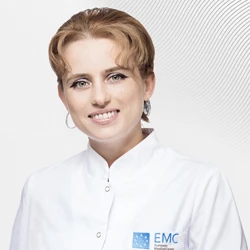
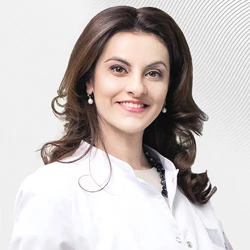
.webp)
.webp)
.webp)
